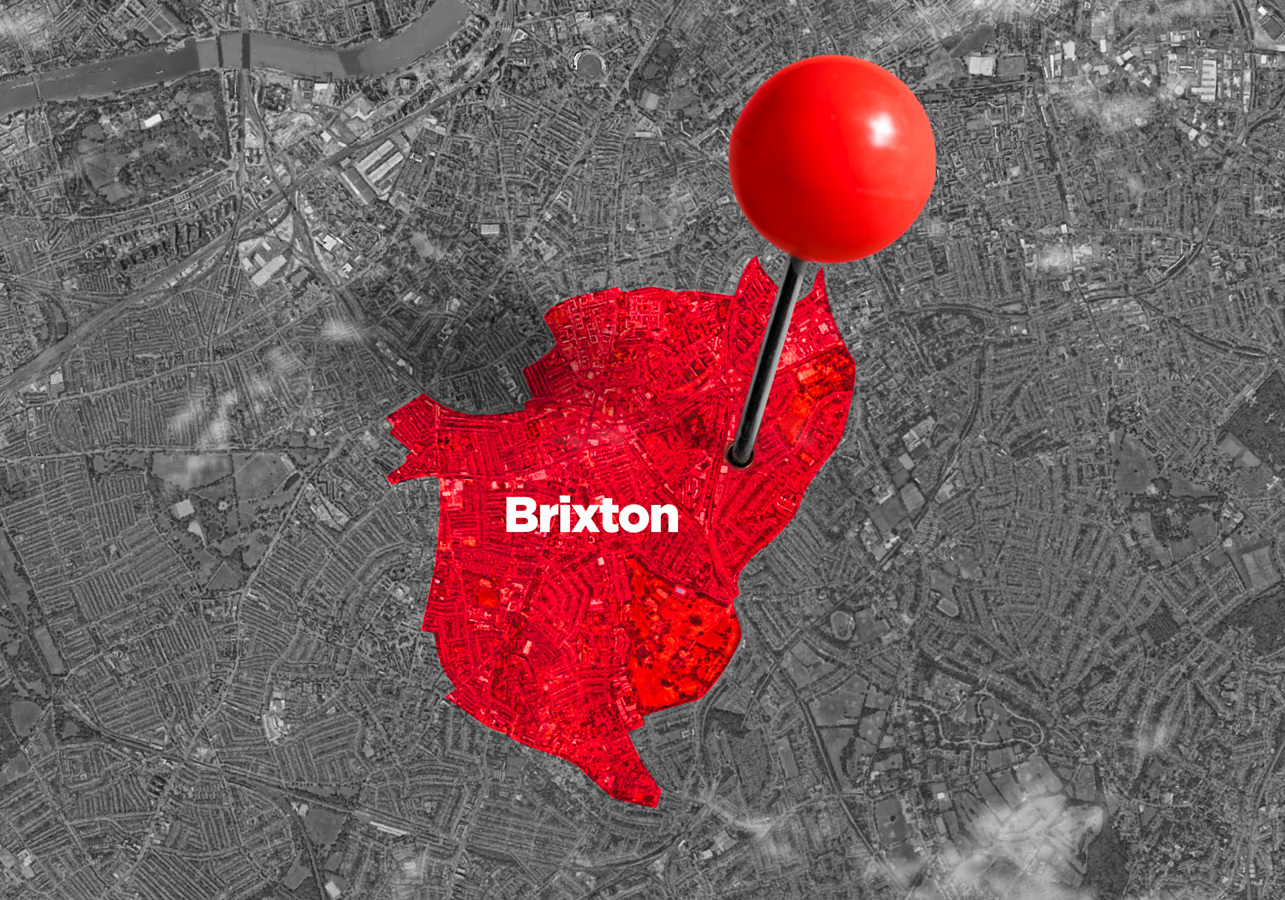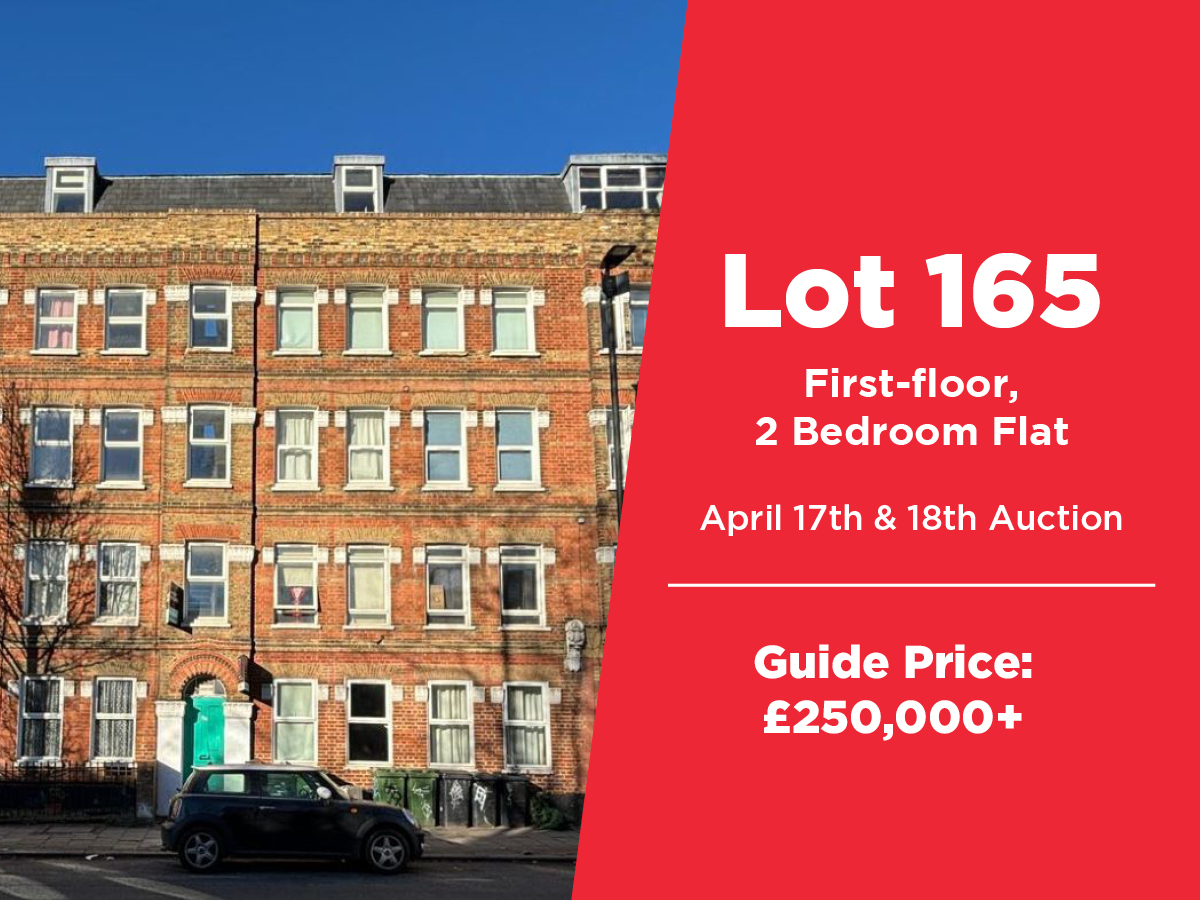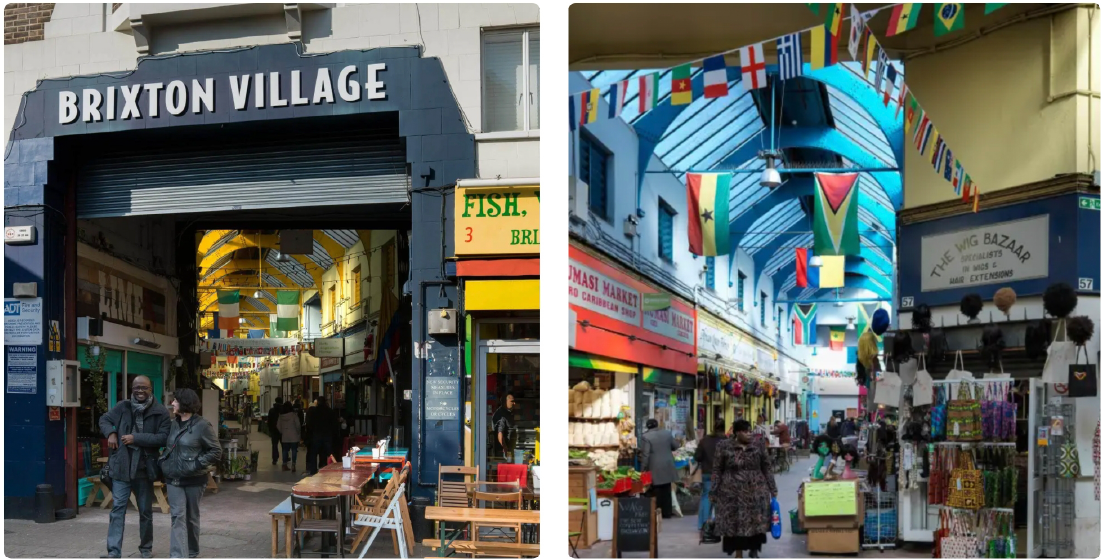
Updated: Mar 26th, 2025
Auction House London’s area guide for Brixton
Is Brixton a good property investment opportunity?
Auction House London has properties listed for auction throughout the City and surrounding areas. Our property auction experts are knowledgeable about the different areas and are sharing a series of London area guides to help investors make more informed decisions.
The second guide in our series takes us to super trendy Brixton, which is widely regarded as one of London’s most culturally interesting destinations.
Where is Brixton?
Brixton lies within Inner London and is part of the Borough of Lambeth in South London. It is 2.7 miles south-southeast of the geographical centre of London. It is bordered by Stockwell, Streatham, Clapham, Tulse Hill, Herne Hill and Balham. Brixton has its own underground station located on Brixton Road. It is the southern terminus of the Victoria Line.

The history of Brixton
Brixton has a unique history that dates back a thousand years. In the 11th century, the district was known as Brixistane, meaning the ”stone of Brixi” – a Saxon Lord. The stones were the meeting point of the ancient Brixton Hundred Court of Surrey. The location is believed to be at the top of Brixton Hill. The area remained undeveloped and predominantly agricultural until the Industrial Revolution and the emergence of the railway. The construction of the Vauxhall Bridge in 1816 was the first significant development in Brixton. The area underwent a huge transformation between the 1860s and 1890s, as the railway and trams connected Brixton with Central London. During this time, large houses were built, which brought wealthy middle-class families to the area. However, at the turn of the nineteenth century, Brixton underwent significant social upheaval when the middle class moved out replaced by a large working-class population. Many of the large houses were converted into flats or boarding houses.
In 1925, the largest shopping centre in South London was opened in Brixton, with a market, department stores, cinemas, pubs and a theatre. During World War II, the area was bombed substantially, leading to a housing crisis, with many properties falling into disrepair. During the 1940s and ‘50s, Brixton became a popular place for immigrants arriving in Britain from the West Indies to settle. Known as the Windrush Generation, the employment exchange was based in Brixton and many of the original migrants found accommodation in the area. According to the Royal Museum in Greenwich Brixton became a hub for the Afro-Caribbean community and by the late 1960’s the area had become one of England’s largest and most important sites of Caribbean settlement.
It is said that since the 1990s, Brixton has undergone ”gentrification,” with the middle class moving in to make the most of the area’s thriving art scene.

What does the architecture and property look like in Brixton?
Brixton is home to diverse architecture and housing. Several large housing estates, alongside
some smaller ones, provide social housing and account for a significant portion of the Brixton
residents. Large, grand Victorian houses also comprise Brixton’s diverse architectural
makeup, offering plush and spacious family accommodation. Purpose-built flat blocks are
commonplace in this trendy south London district, often tenanted by professionals and
families.
An example, is this first-floor two-bedroom flat is arranged over the ground and has three
upper floors. The property listed in our April auction is in a residential area close to transport
links. The flat is subject to an Assured Shorthold Tenancy, producing £19,800 annually, so
investors would be getting a return on their income immediately!

What are the amenities like in Brixton?
Brixton is home to a range of amenities. Shoppers are in heaven, with a thriving high street
lined with trendy boutiques and the well-known Brixton Market, a local institution. Brixton
Village is home to vintage and handicraft shops alongside chic eateries serving cuisine that
reflects the region’s diversity.
With wine bars, pubs, bars and clubs, alongside a vibrant theatre scene, Brixton is also well known
for its nightlife, which attracts visitors from across London and further afield. The
Brixton Academy is one of the area’s most famous landmarks, which has hosted everyone
from Bob Dylan and David Bowie to Lady Gaga and The Clash.

Open spaces
Away from the vibrant shopping, wining and dining, theatre and music scene, open green spaces offer some peace and tranquillity. Ruskin Park and Myatt’s Fields are community-run outdoor spaces with play areas, gardens and sports facilities. They also host several outdoor events throughout the year.
With a swimming pool, play area, duck ponds and community gardens, nearby Brockwell Park is a popular spot, especially for families.
What are the schools like in Brixton?
Families can access some excellent schools in Brixton, which offers state, independent, religiously affiliated and SEND schools. Most of the state primary schools in Brixton are ranked as ”good” or ”outstanding” by Ofsted. Several secondary schools are considered ”outstanding” as well. With good transport links in the area, public transport can easily reach the schools in Brixton.
Auction House London prides itself on having local knowledge about diverse areas of the capital. If you have questions about Brixton or any other London area or suburb, please contact our team of property auction professionals. If you’re looking to buy property in London at an auction, browse through the lots listed in our forthcoming auction. Or, if you have a property you want to sell in London or the surrounding areas, why not see how much it could be worth in an auction with a free valuation by Auction House London.

Jamie Royston
Jamie Royston is the dynamic CEO and co-founder of Auction House London, possessing over 18 years of leadership at the company and more than three decades of property industry experience.
